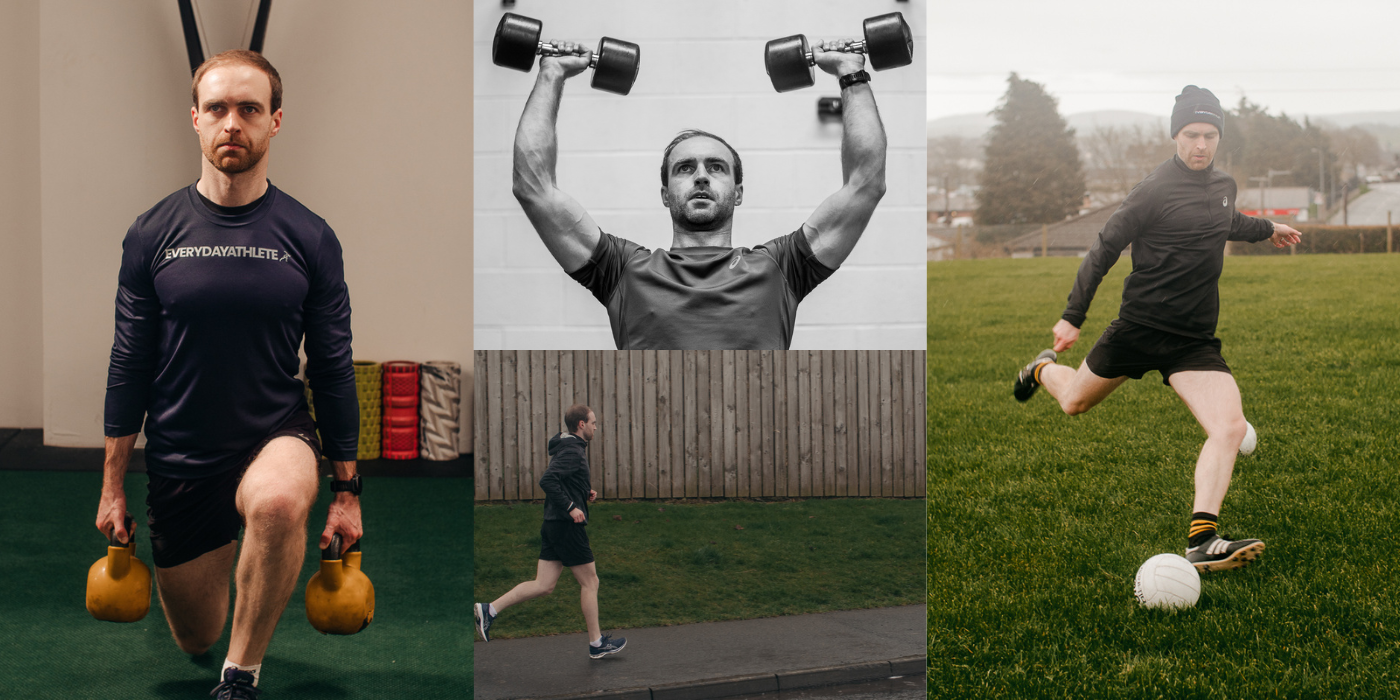Anyone who struggles to lose weight will be envious of the person purposely trying to eat more in an effort to gain weight.
But if you’ve ever struggled to eat enough, you’ll likely know that it’s not as easy as eating whatever you want.
You obviously want the food you are eating to be of good quality, and you don’t want to just over-indulge all the time and gain unnecessary fat.
Not to mention, you can feel that you are force-feeding yourself, eating when you don’t feel like eating, all in the name of gaining some muscle and fuelling your performance.
However, there are a few things you can do to make it that bit easier to hit your high food intake targets!
1. Track Your Foods
"What gets measured gets managed", and if you're not tracking your food, you going to struggle to manage and adapt the amount you are eating.
Eating 'more' is hard to quantify without tracking how much you are actually eating.
Using an app like Myfitnesspal or Cronometer, you can track your calorie and macronutrient intake, and therefore you can clearly see if you are actually eating as much as you think, and adjust if needed.
See more on this in this article.
2. Schedule Your Meals
In my experience working with atheltes, those who tend to struggle to gain weight are the same atheltes who tend to deprioritise meals when they're busy.
Scheduling meals allows you to plan ahead, get organised, and ensure you are eating when you're supposed to.
This helps you avoid having to reach for quick, less ideal options on the go, as well as allowing you to plan out meals that allow you to hit your intake targets.
3. Use Liquid Calories
“Liquid calories” are usually less filling than the equivalent calories/macros from solid food, allowing you to get more in, without feeling as full.
Think of apple juice versus an apple.
There are roughly the same amount of calories within a medium glass of apple juice as in 2 apples, yet the apples would fill you up a lot more than the juice.
You can use this knowledge to get more calories in, by including some drinks/smoothies with your meals, and in between meals.
4. Vary Your Food Choices
Eating similar foods consistently isn't a bad idea in general, as it tends to improve consistency within a diet, but when we include more flavours in our meals, we tend to eat more, which is useful for those with that goal.
This is partly why you can still eat dessert even when you feel full.
You can use this tactic to your advantage by including more flavours in your meals, as well as increasing the variety of meals you eat.
5. Include Some Junk Food
Eating 3000+ kcal from the likes of chicken, rice, and broccoli every day can become difficult even for the most dedicated clean eater.
Food can become boring, and fullness can lead to not eating enough.
This is why it can be a good idea to include some foods that you can easily eat and enjoy, that also allow you to hit your calorie/macro intake.
Don't take this as a reason to abandon healthy eating habits, but at the same time, don't be afraid to add in some chocolate or pizza every now and then.
Article Written By Conor O’Neill
Conor O’Neill is a Nutritionist, Strength & Conditioning coach, Psychologist, and Author.
He has helped 1000+ everyday athletes to pursue excellence in their physique and performance through optimising their nutrition, training, and psychology.
You can find out more about The Everyday Athlete Program by going to everydayathleteprogram.com/coaching.


